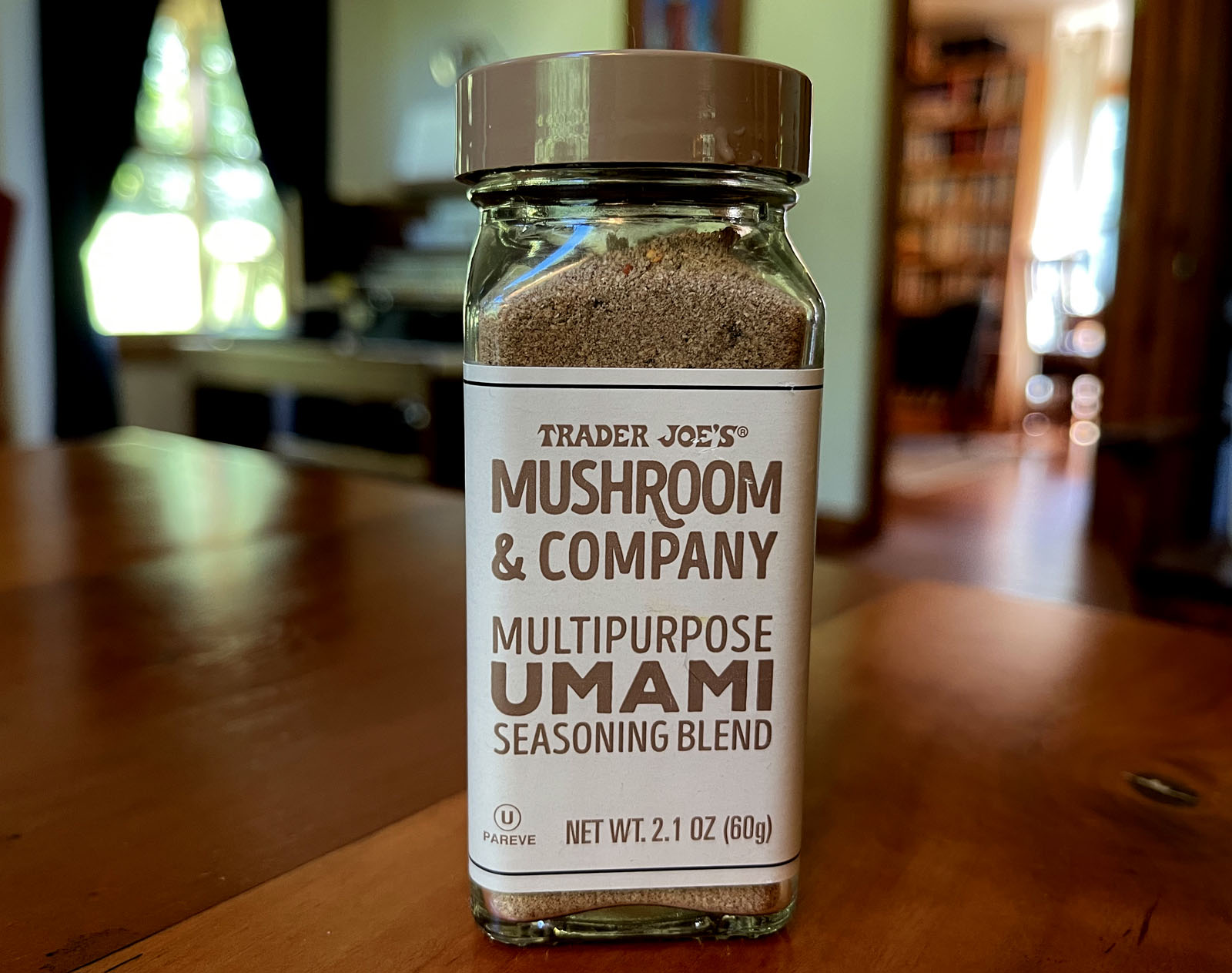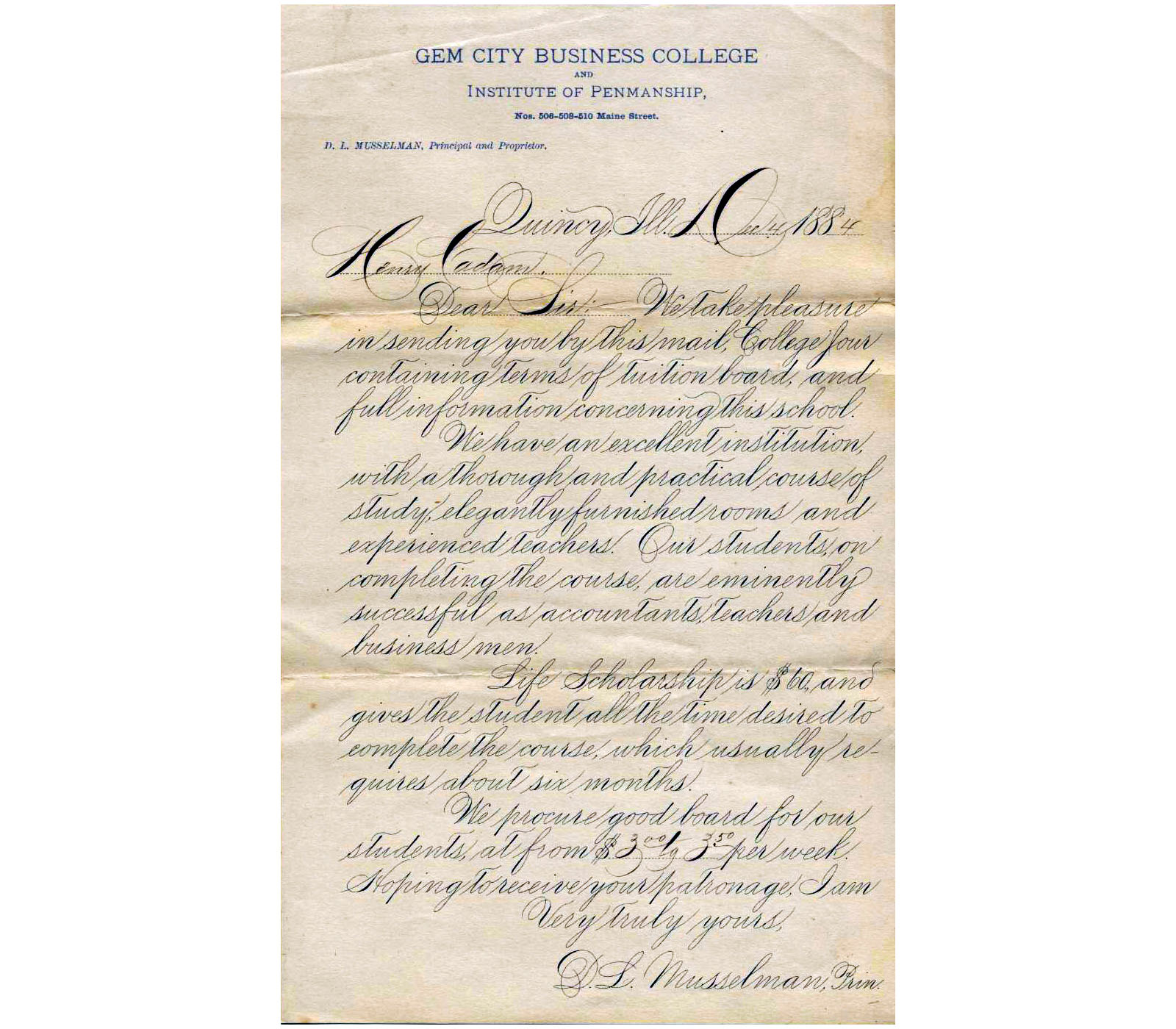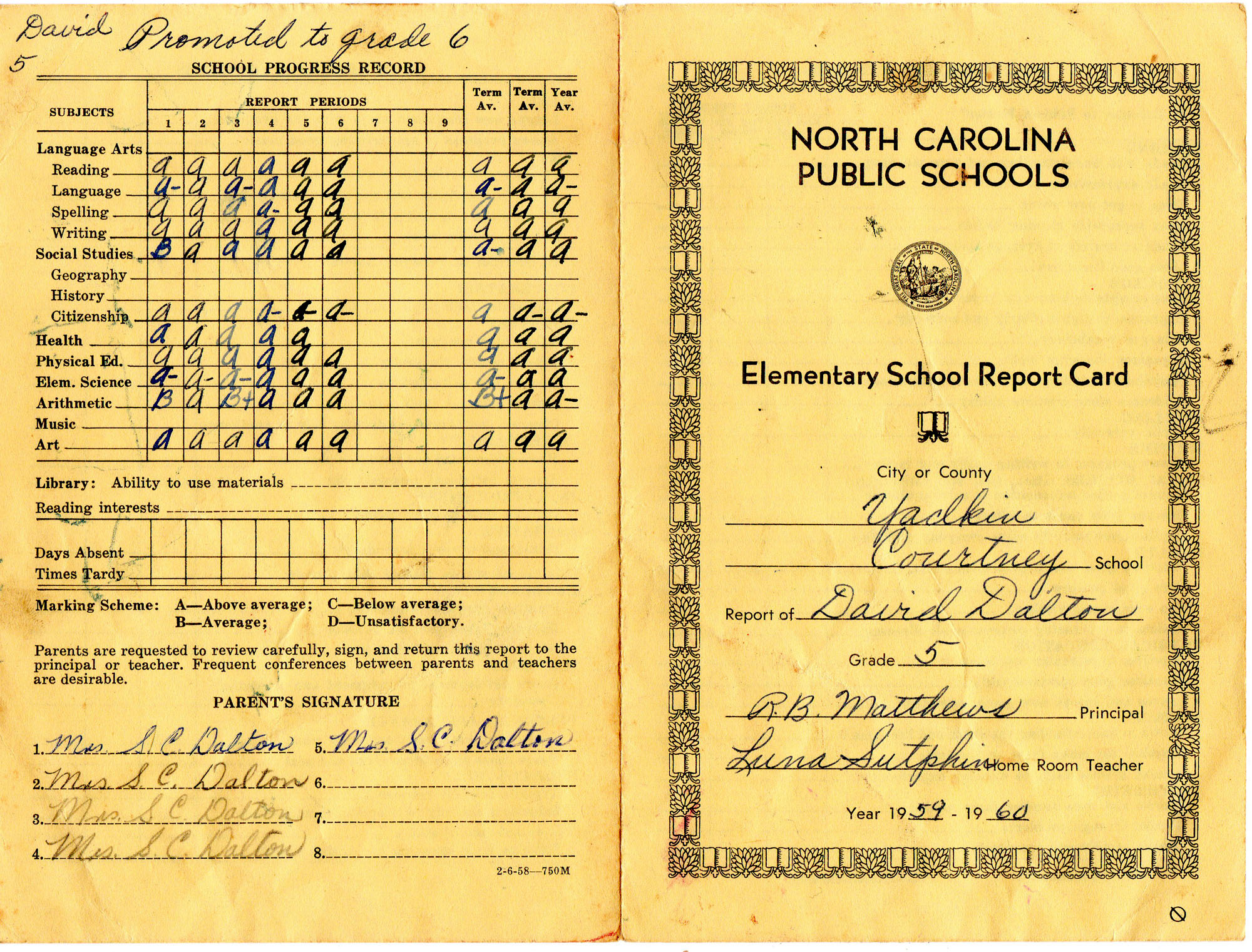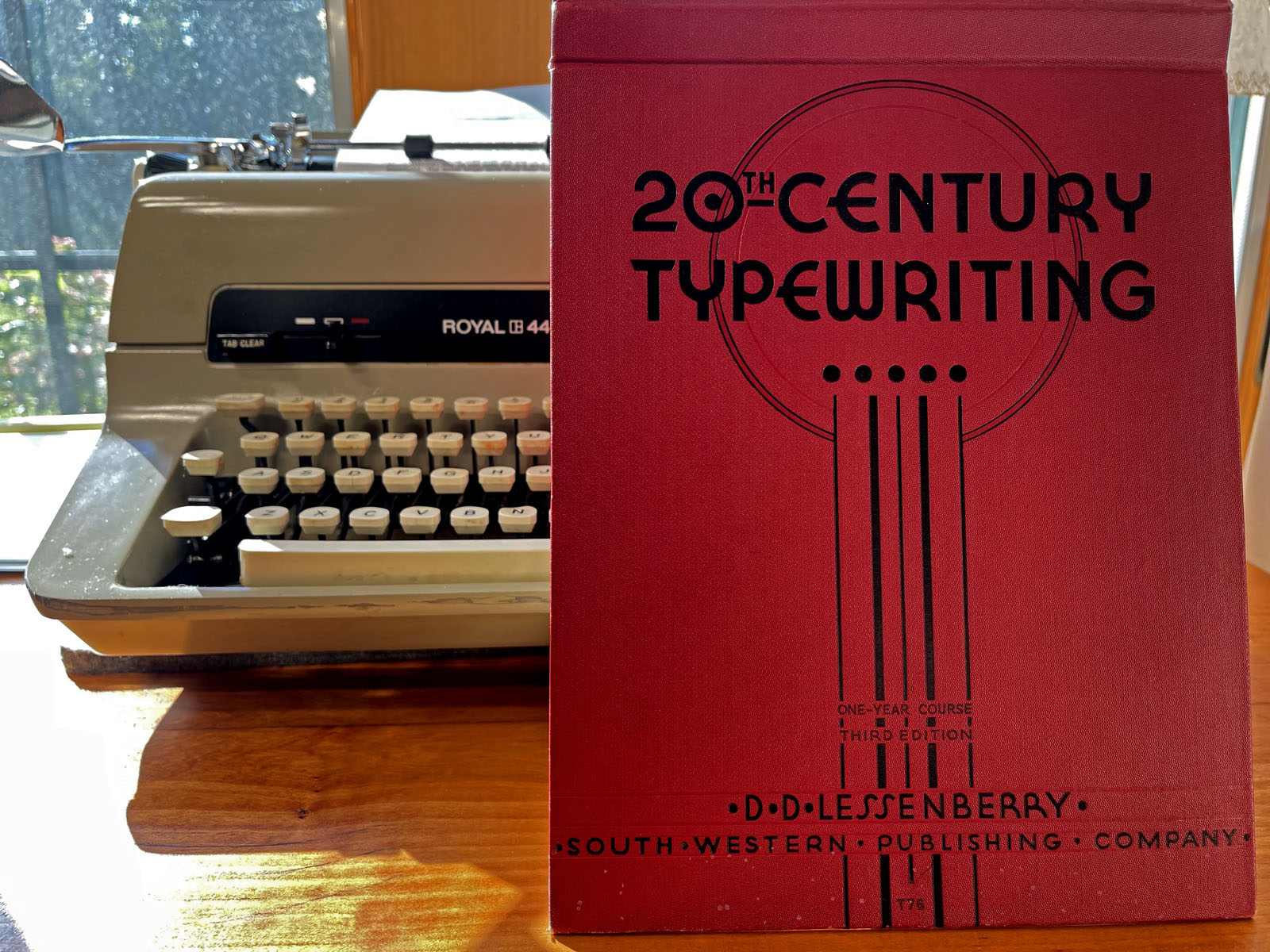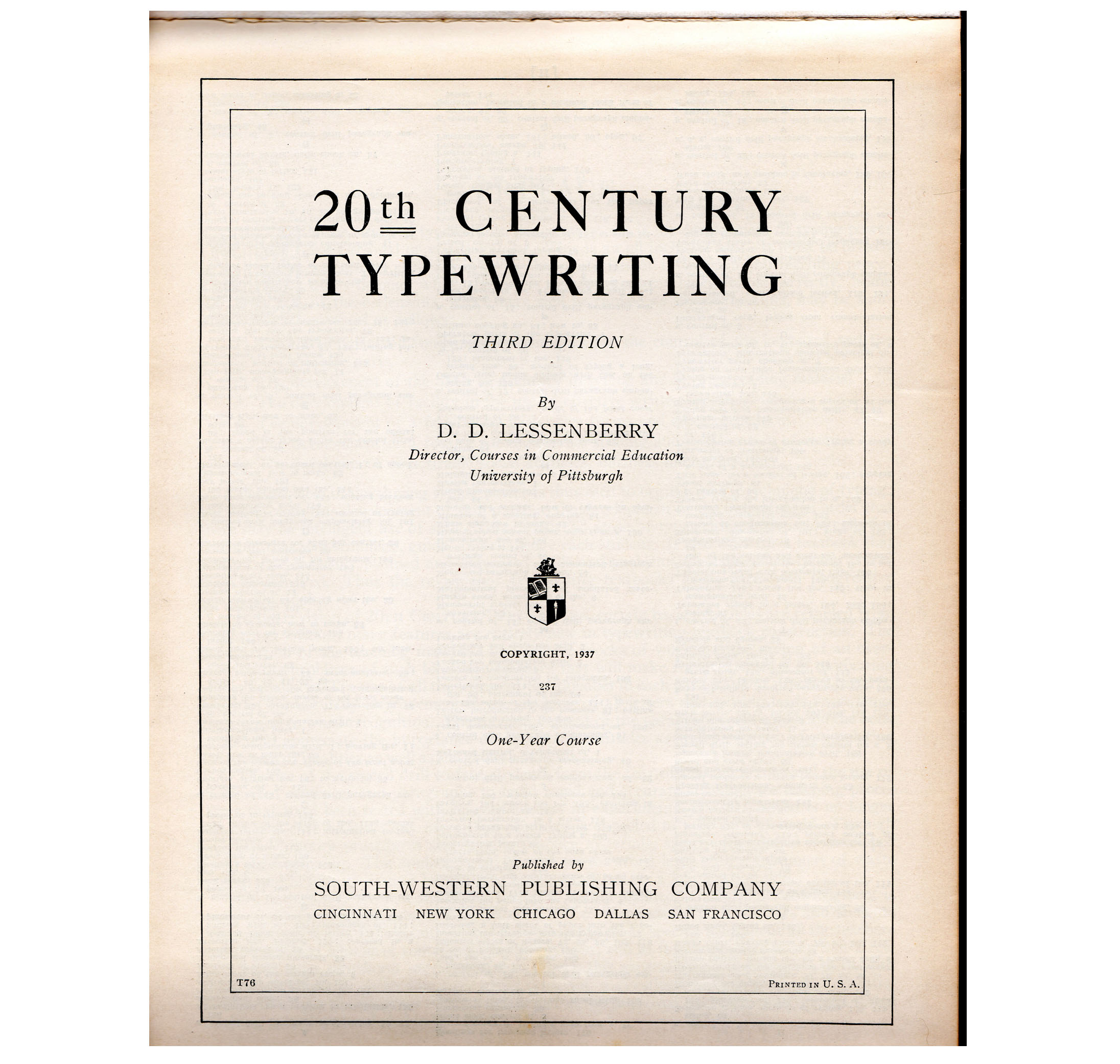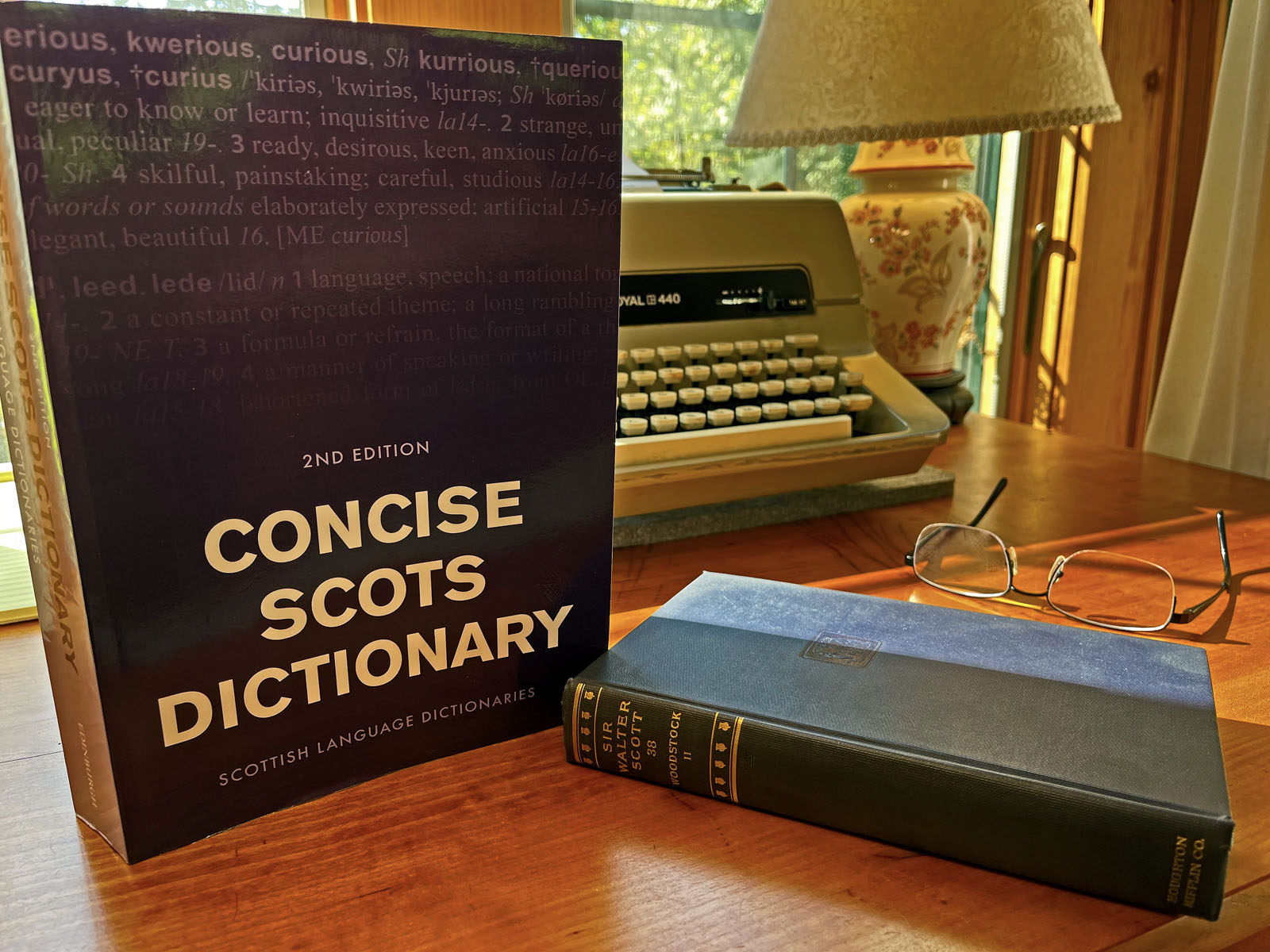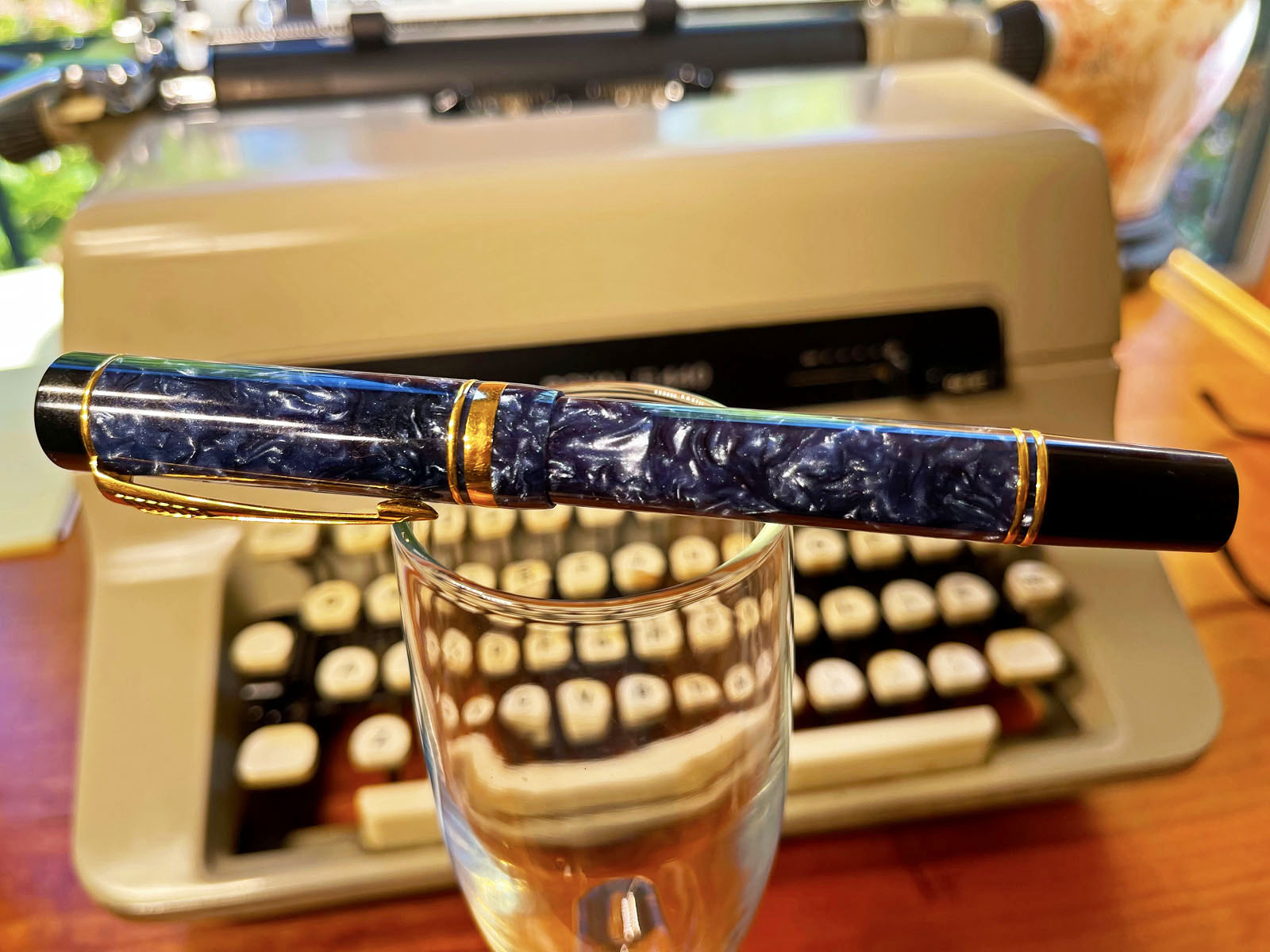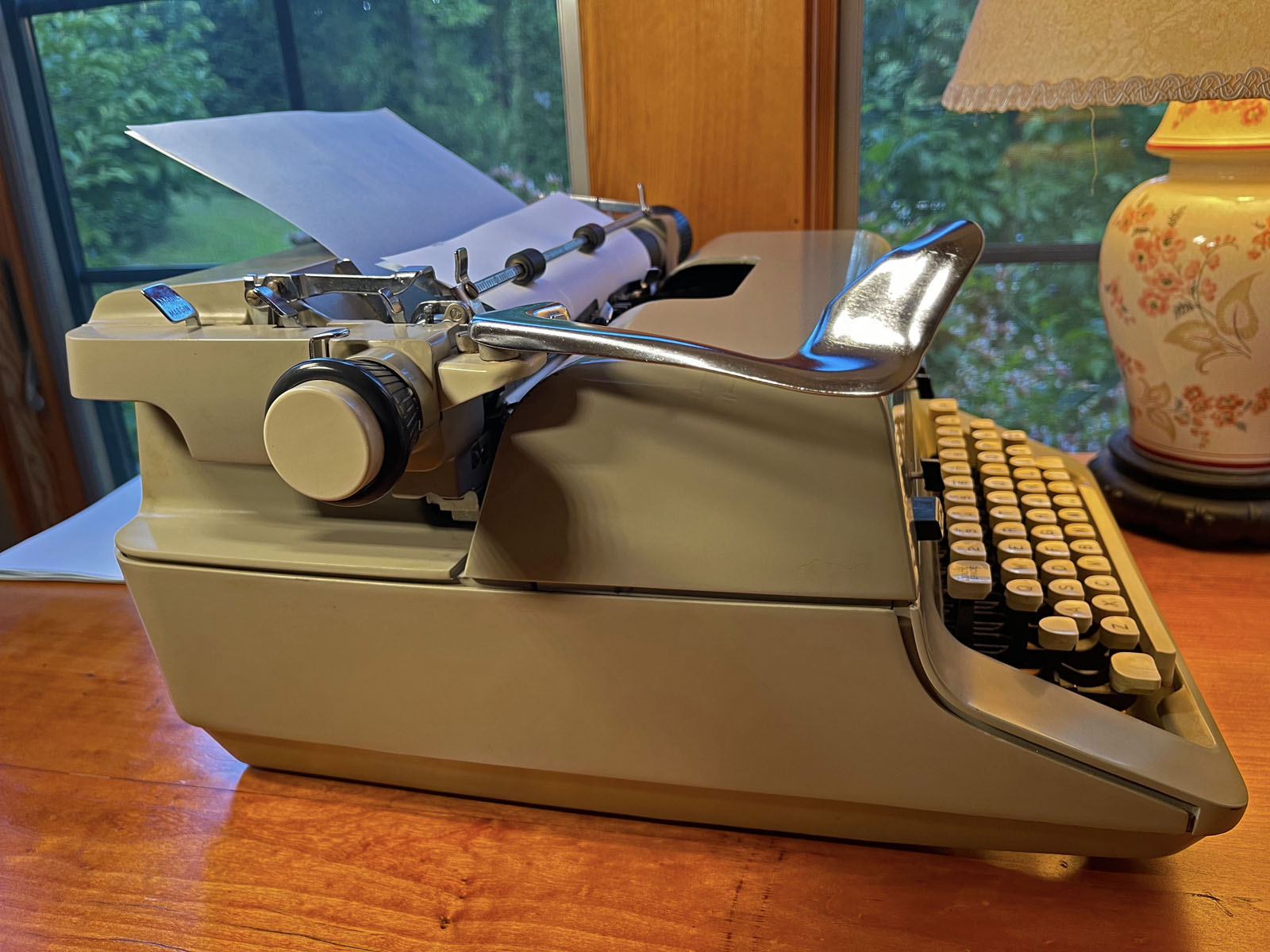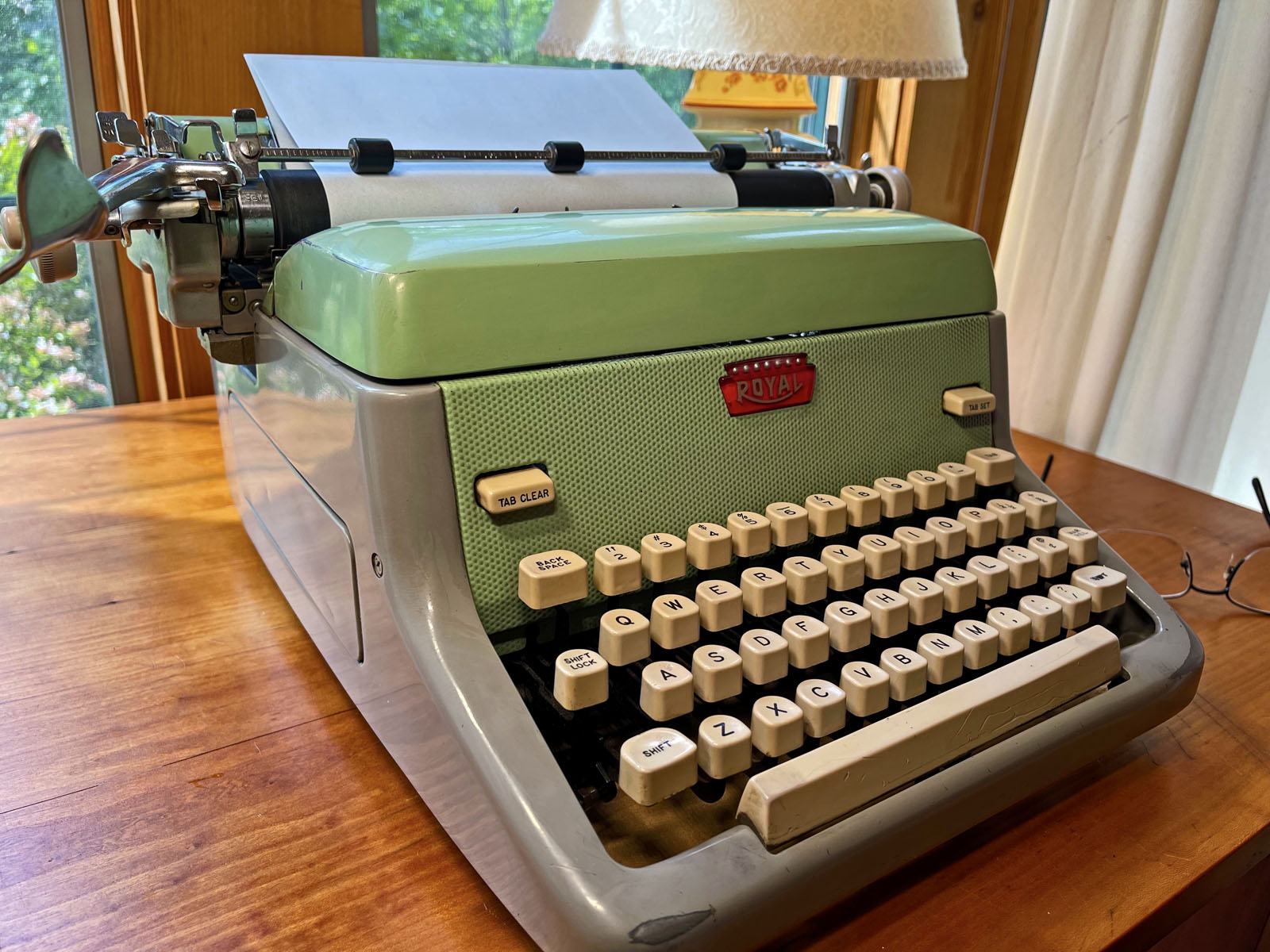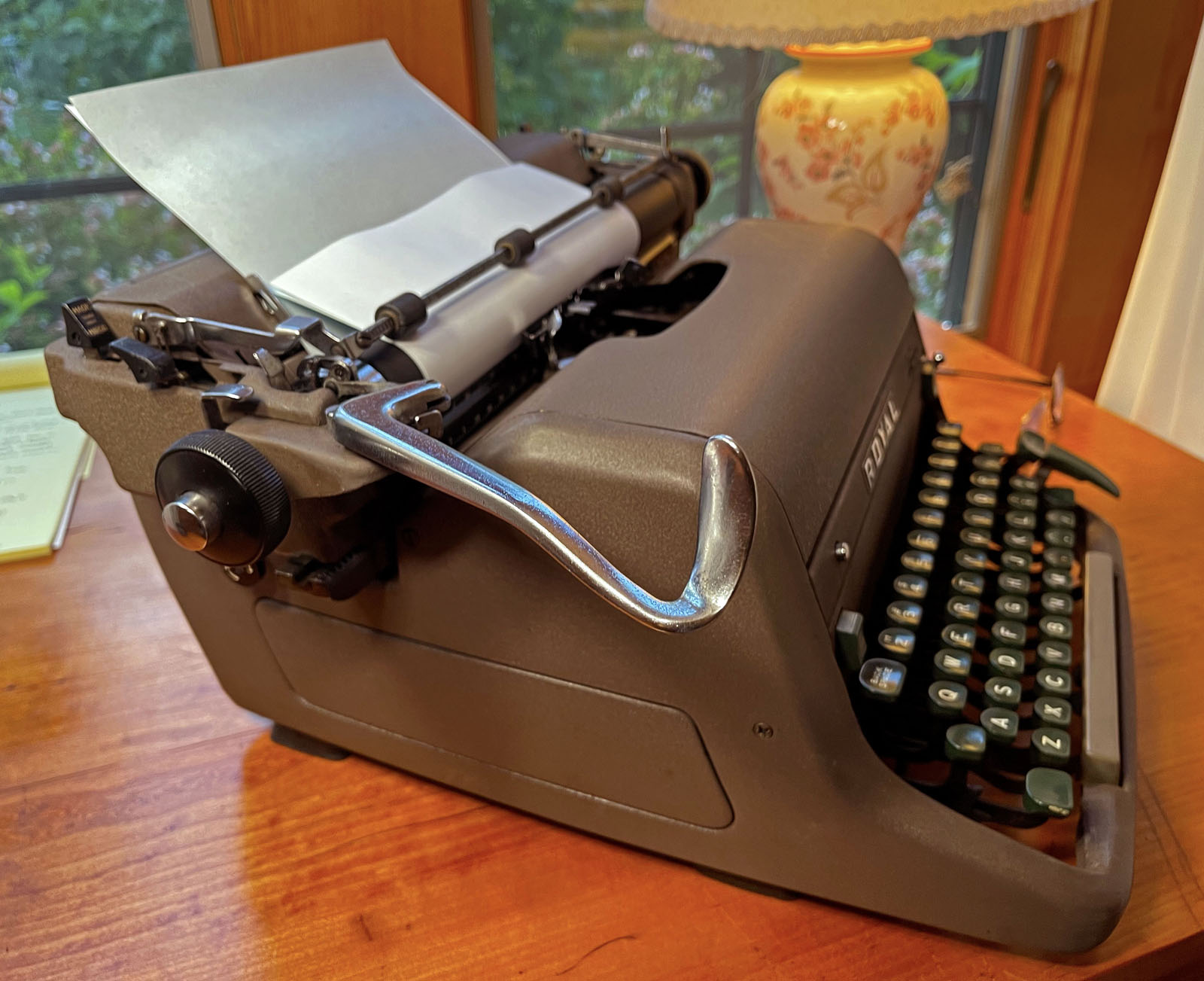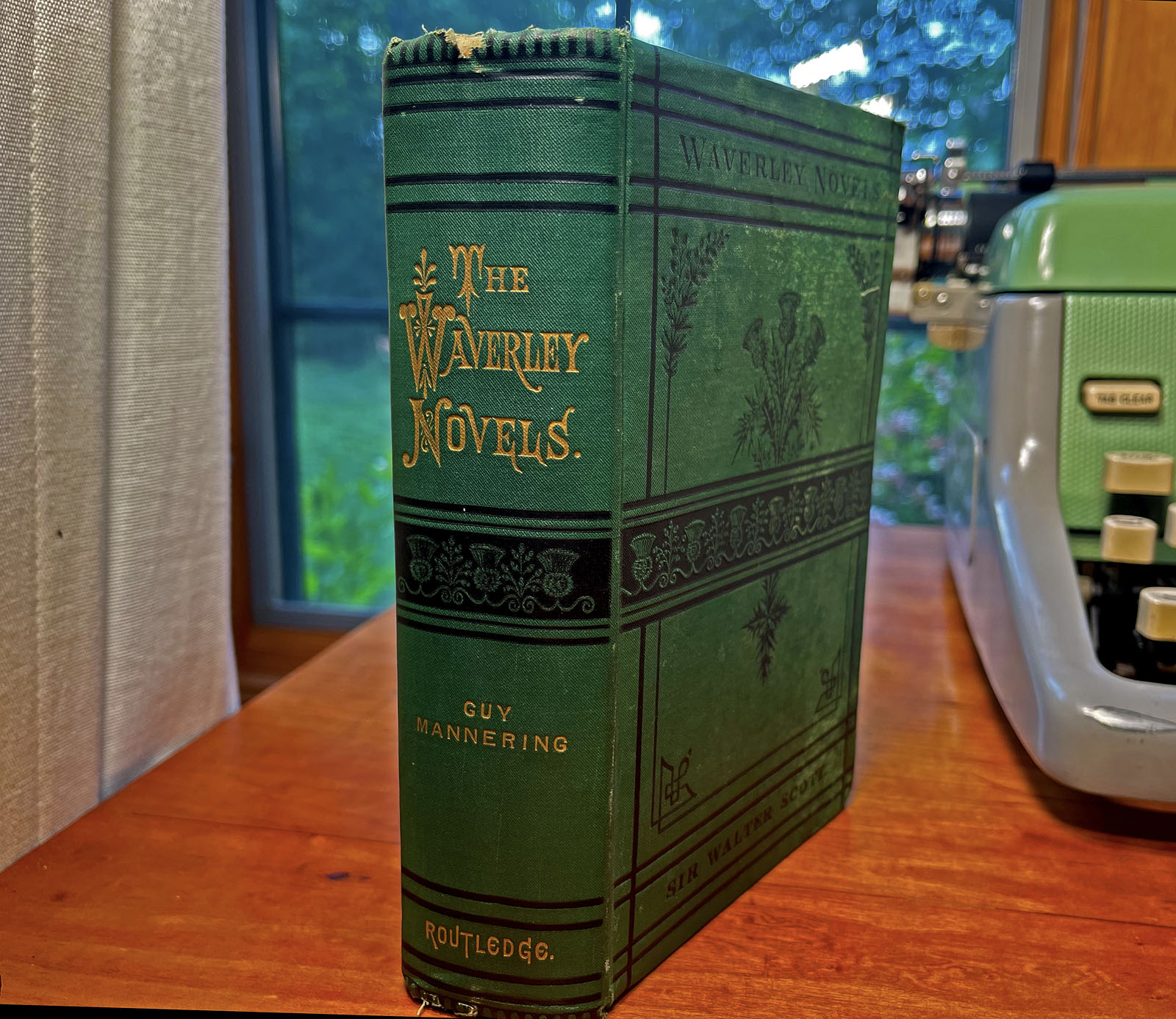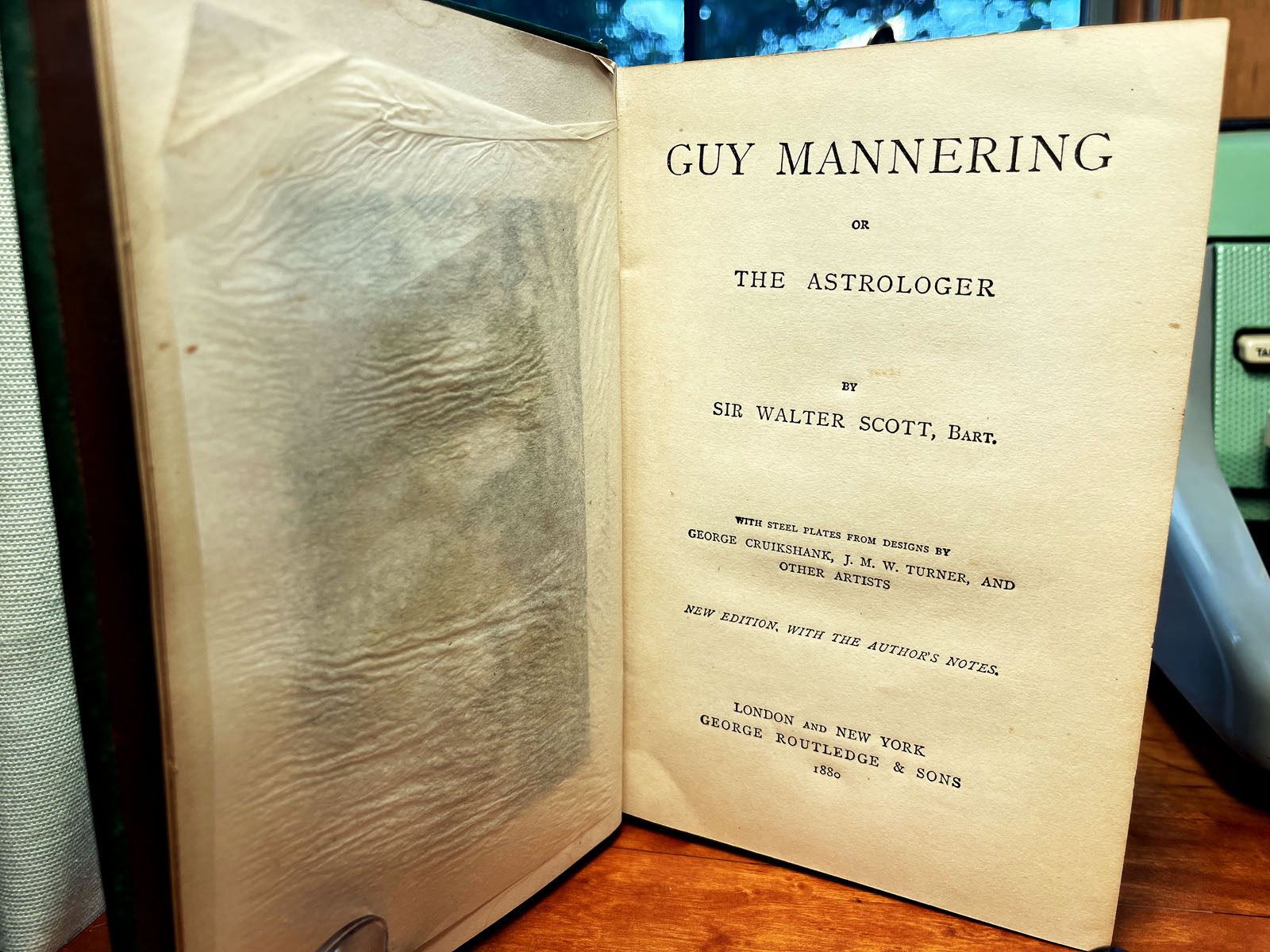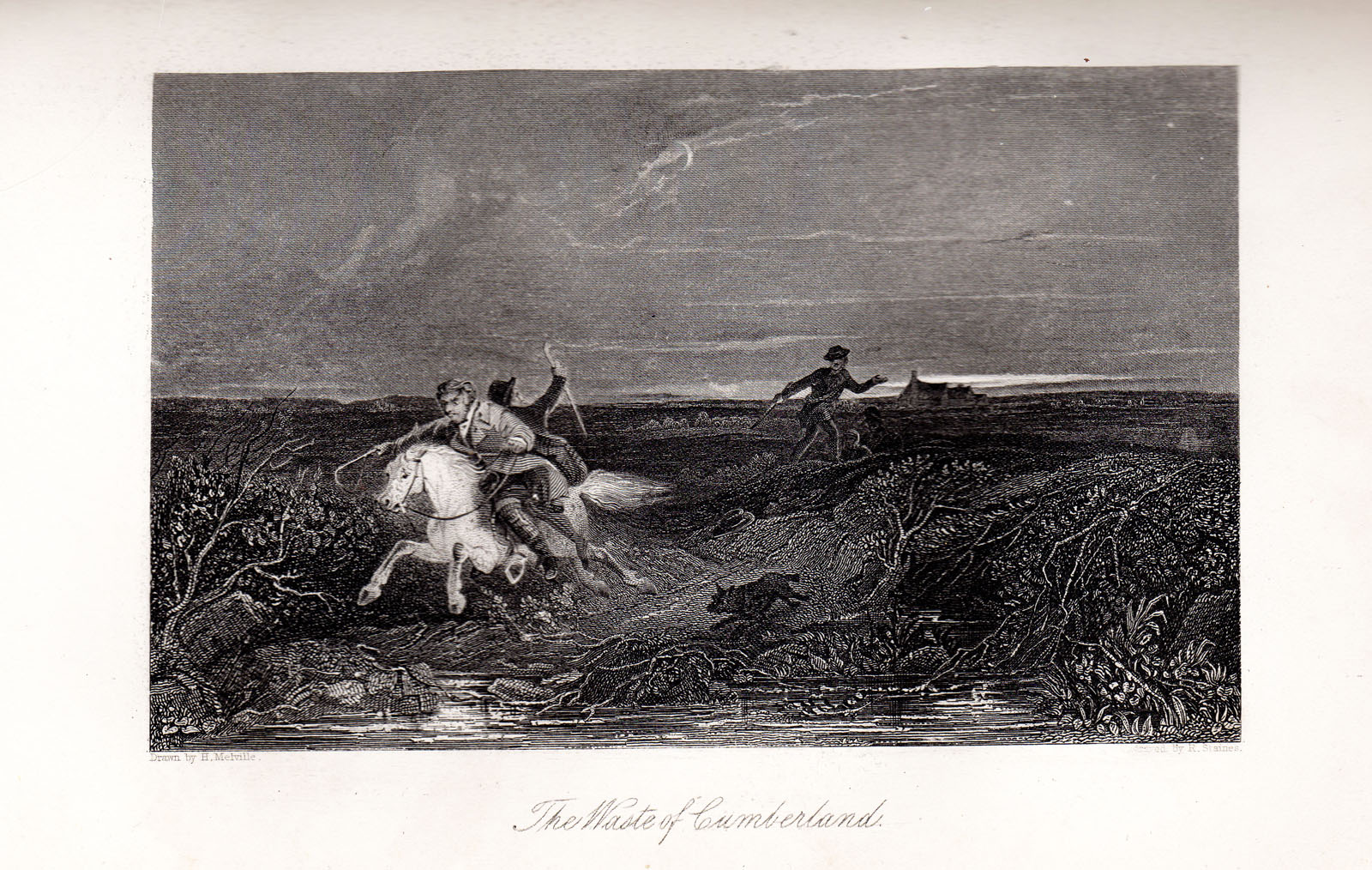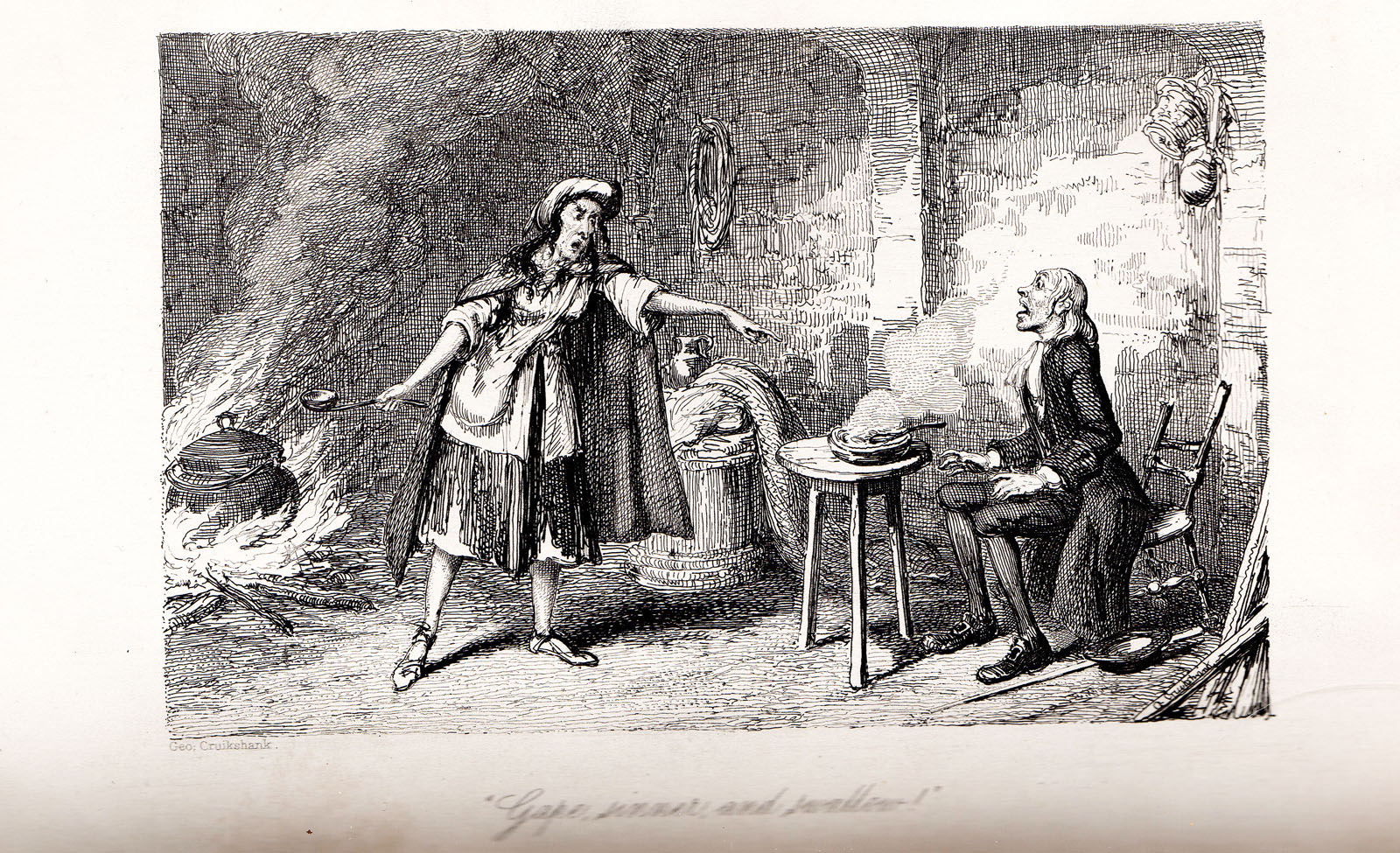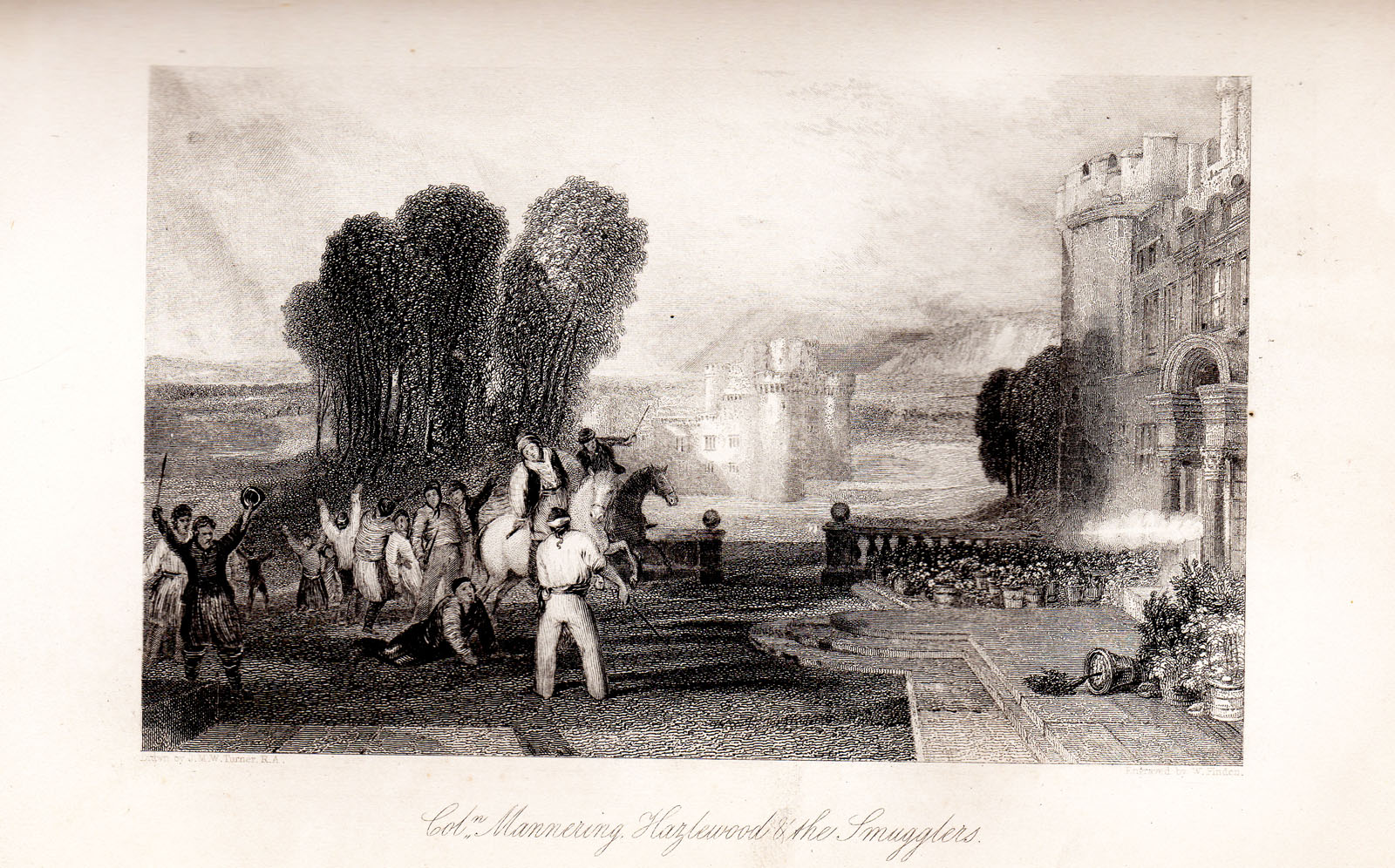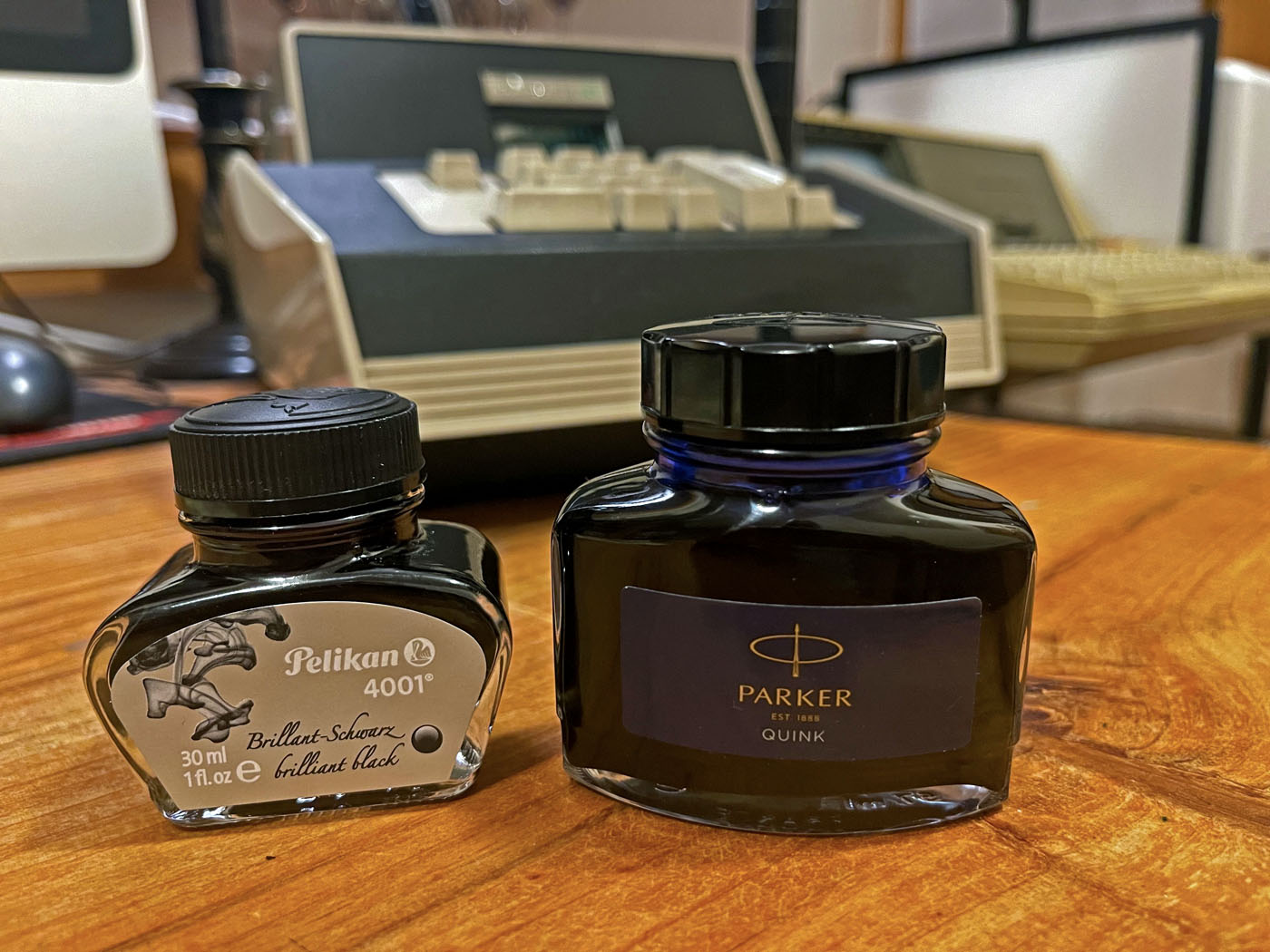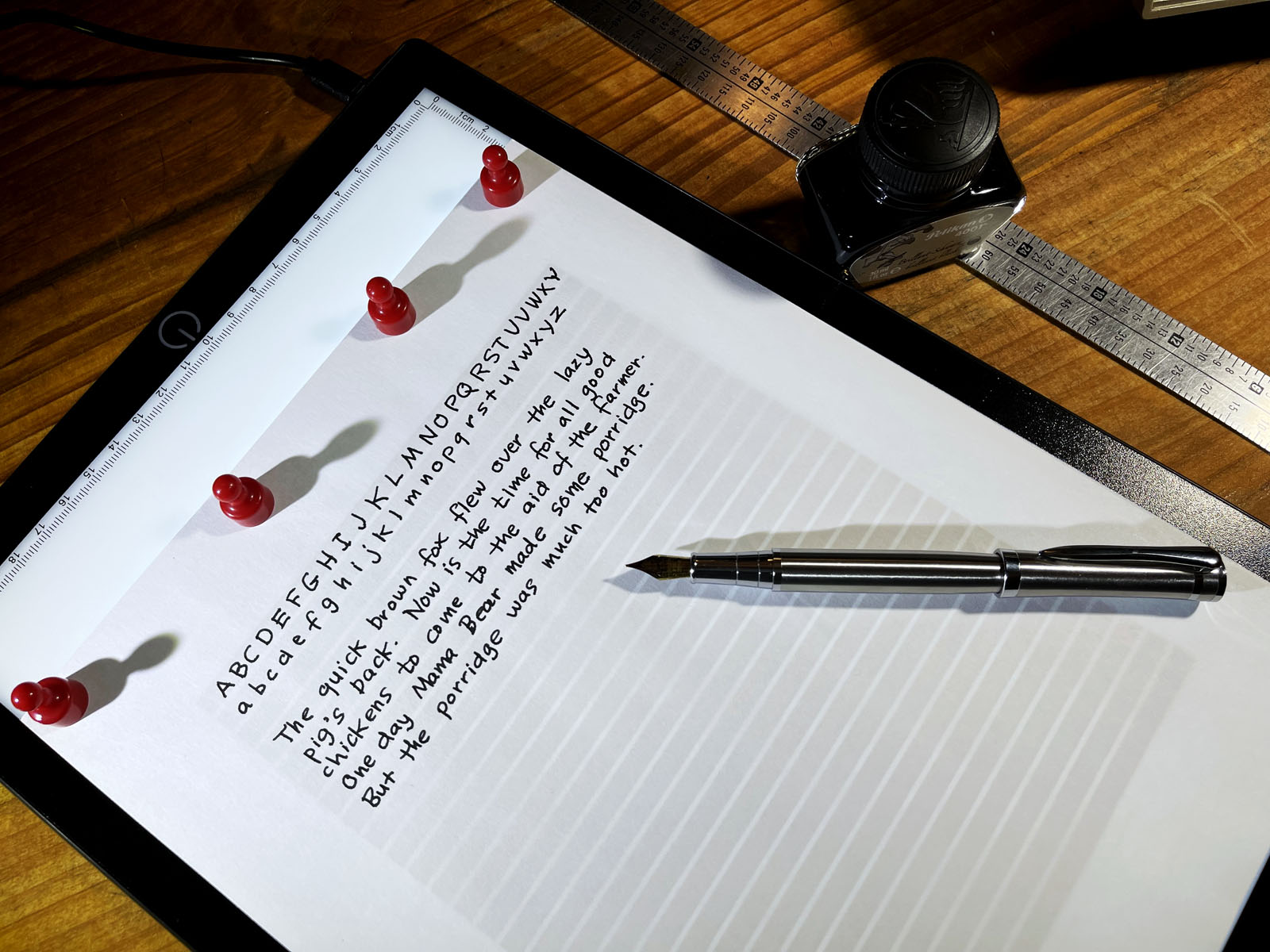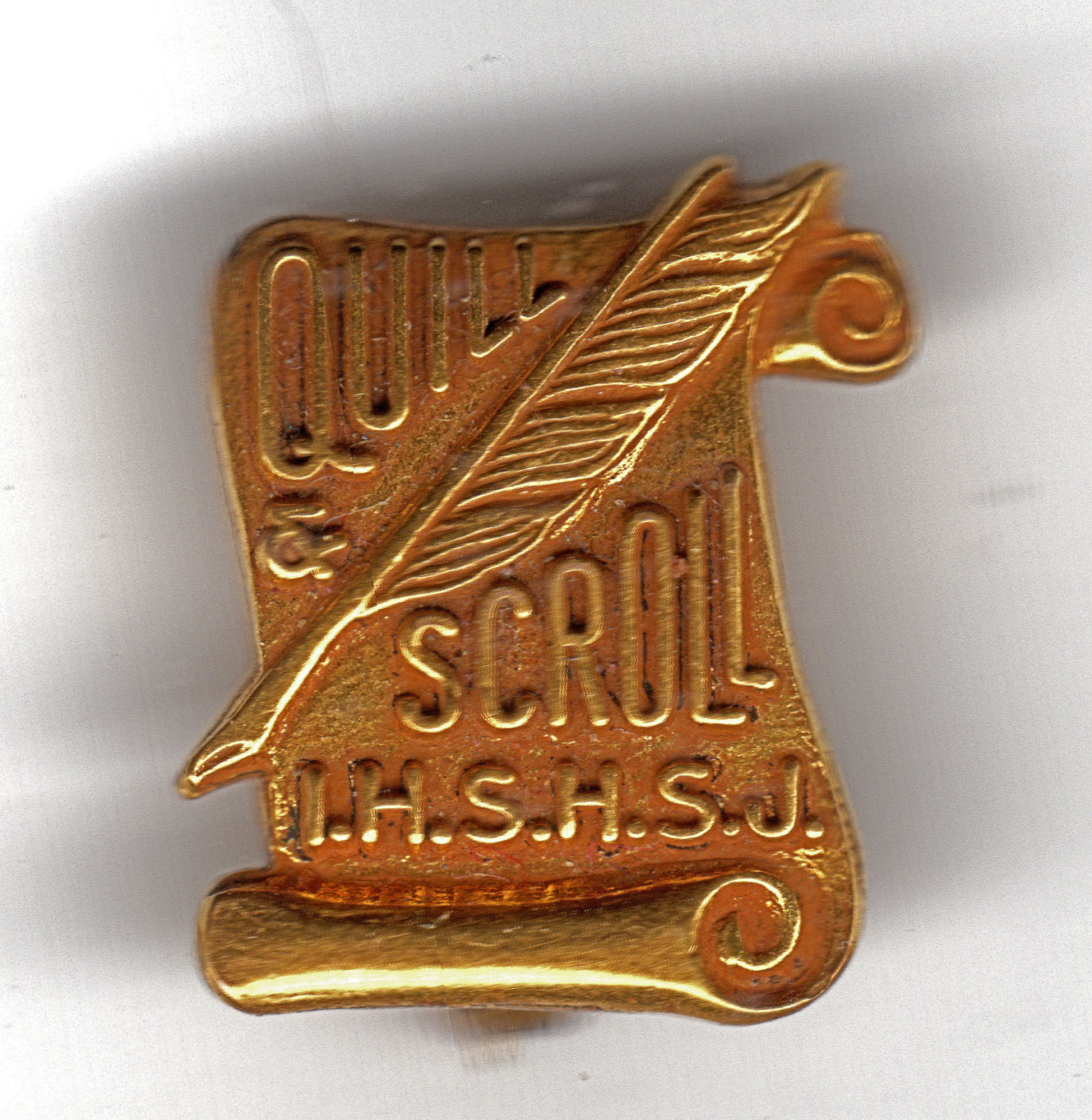
Salon has an excellent interview today with George Conway, who formerly was a Republican and a Justice Department lawyer. Conway is asked all the right questions. Conway is well positioned to be taken seriously. His answers, I believe, are spot on. Everyone should read this article, but it boils down to this: Yes, Trump is going to be indicted and convicted. But Trump also is going to try to do as much damage to the country as possible as he goes down, just as he did when he was voted out of the White House:
But even with Trump ruined and silenced, we still will be stuck with the Republican Party. Conway says:
“Trump is also going to cause damage to the Republican Party. The party is finally going to realize that Trump will take them down with him. It is going to be very ugly all around. In the end, though, it will get better. Once Trump is dealt with, there’s the other problem that must be confronted: Trump let all the termites into the basement of the house. The Big Lie and the election deniers and all the assorted lunatics who have taken up residence in the Republican Party and are now its base must be pushed out.”
Conway wisely deflects some of the deeper questions on the grounds that he is not a psychologist. I’m not a psychologist either, but I’m going to stick my neck out.
I think that one of the things that decent and reasonable people must learn, if the United States ever returns to stability and governability, is that about a third of the population are authoritarians, and that authoritarians always damage the social fabric. In more stable times, these people go about their sorry little lives, unorganized yet always doing the damage they always do. But that damage occurs in much smaller spheres — families, communities, and workplaces. But if an uber-authoritarian with a big megaphone comes along with the right lies and stirs up enough rage, then an entire country can find itself in danger. There are only two requirements: A total madman such as Donald Trump, and a megaphone to retail the lies and rage, which the right-wing media and social media have eagerly supplied to Trump and Trumpism.
It is considered shrill and rude to say it, but I believe that it has to be said. That is that the line between authoritarian and “conservative” is thin and vague. The difference is that conservatives retain their decency and moral sanity. Authoritarians do not. George Conway is a conservative, but he is not an authoritarian. Hence Conway eventually saw through Trump and felt shame for having been deceived. The great danger to democracy occurs when authoritarians and conservatives vote the same way. Combined, they come to more than 50 percent, though probably only barely more than 50 percent. It’s probably reasonable to say that about 30 percent of the population are hopeless authoritarians, and about 20 percent are conservatives who, though regressive, racist, and easily deceived, still have a grip on decency and moral sanity.
Jonathan Haidt, who is a psychologist, would have us believe that conservatives and authoritarians are just as psychologically and morally competetent as the rest of us, but that they just have different “moral foundations.” But love for authority, and the hatred of out-groups, are sorry, and dangerous, moral foundations. As I said, I’m not a psychologist, but I believe that Jonathan Haidt is dangerously wrong and has done great harm by encouraging blindness to the actual nature of authoritarianism. Conservatives teeter between clarity and delusion, as Conway says in the interview when he acknowledges his shame for voting for Trump in 2016 and for not seeing sooner what Trump really is. But authoritarians are not capable of that kind of insight, and they’re not going to change. That’s where we are today: Authoritarians quickly got on board with Trump. The Republican Party brought the easily deceived conservatives on board. Combined, they have enough power to threaten democracy and the rule of law, the barriers that stand in the way of their dream of total authority over the rest of us.
The Republican Party should have kept Trump from running for president back in 2015. One of the purposes of political parties is to screen candidates, keep out the crazies, and field candidates who will promote the party’s principles. But the Republican Party, having abandoned its principles to decay into a Trump cult, has failed again and again to do its job. My guess is that Republicans believe that sticking with Trump is their only hope for the 2022 mid-terms. But if the Republican Party retains any grip on political sanity, it will pivot away from Trump after November 8 and start to cut Trump loose, knowing that Trump is going down and that Trump as a strategy for 2024 would be a recipe for the biggest landslide against Republicans in history. Then the question will be: Will the Republican Party start to recover its political and moral sanity? Or will it find another Trump to ride all the way to hell?


